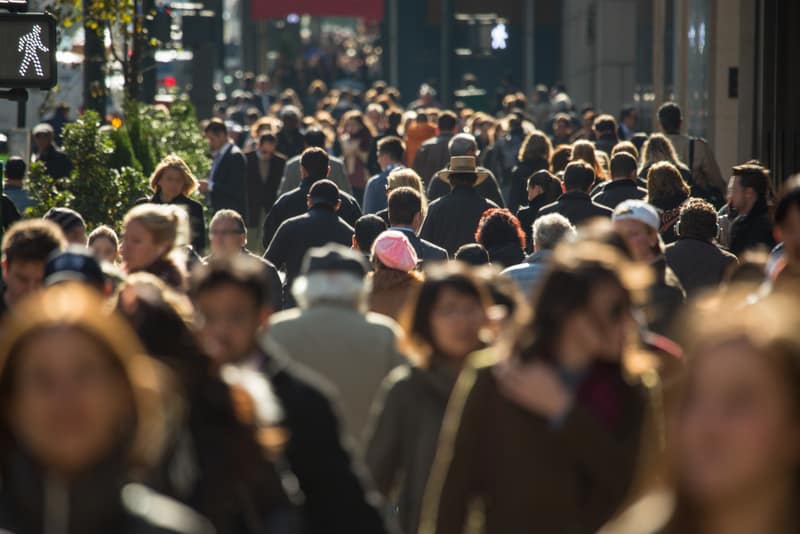Ever wondered where all that data collected on Census Night actually goes, apart from the big storage shed next to the Belconnen Mall in Canberra?
Ever wondered who else cared if you were stuck on the Bruce Highway for 1.25 hours on Tuesday morning instead of sitting on the floor of the Gold Coast Bombay Express?
Ever wondered why it was important to know if you owned two cars and a motorbike, or a scooter and a three somewhat rusty generally unused pushbikes that you should have sold on Gumtree?
On Tuesday 8 August 2016 all of this important data and much more will be collected as part of Australia’s official Census. And here at NineSquared we are particularly interested in the transport data collected.
As transport economists, our job is to use this data to inform rational decision making. Why should the government invest its money on a road in Cairns compared to a road in the Gold Coast? Should an extra train be scheduled on the Caboolture Train Line at 8am every morning? How many people will ride a bike along a dedicated bikeway to UQ and how many cars will be brought off the road if they do so?
As taxpayers, we must be convinced that our tax dollar is being spent on the best projects that benefit the most people. This means conducting rigorous project assessments, examining the economic costs and benefits of each project, and prioritising those projects according to the needs of the community. Quality data underpins all of this work.
Clearly, the ABS values this data pretty highly too. In fact, they value it to the tune of up to $1800. That’s the fine should you provide misleading data when filling in your Census form. Given that the fine for not voting in the Federal Election is only $20, receiving good data is therefore ninety times more valuable to the government than being elected in the first place. Perhaps that’s because with the right data governments can invest the right dollars in the right places.
So on Tuesday, give yourself the best shot of improving your daily commute and give us nerdy economists the data we love.
